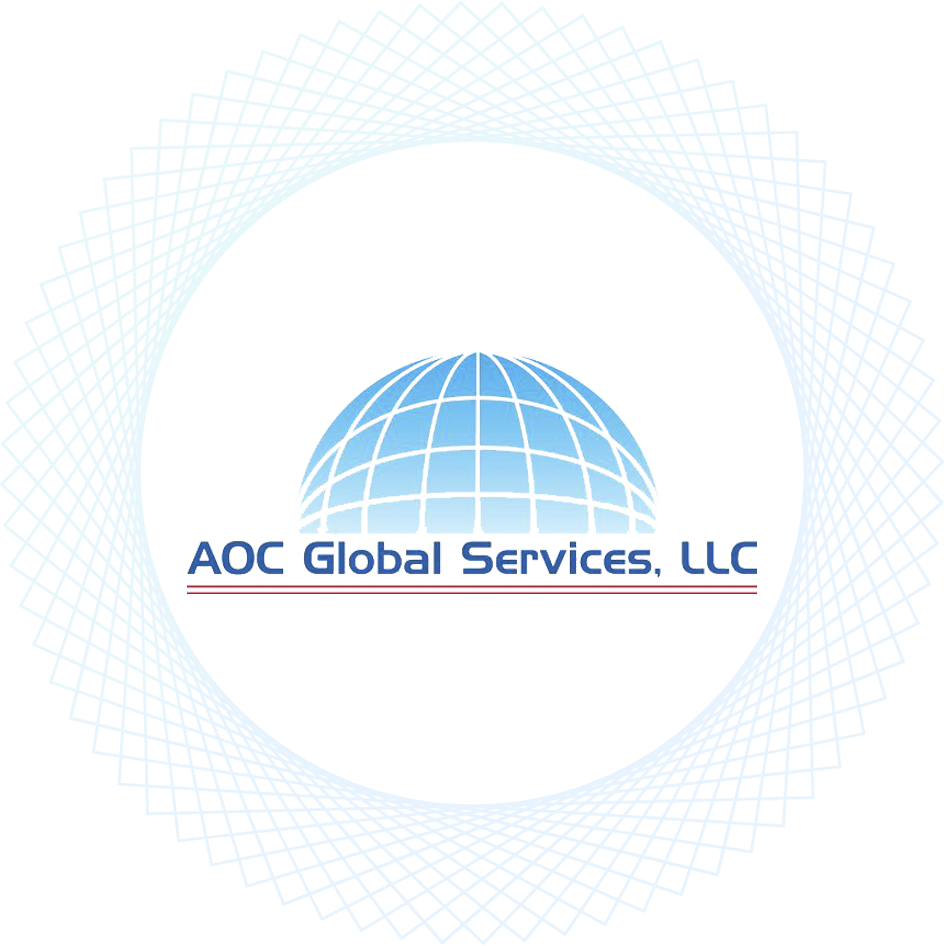What is Cost of Quality (CoQ)?
Cost of Quality is a technique defining and measuring where and what amount of a companies’ resources are being used for prevention activities and maintaining product quality as opposed to the costs resulting from internal and external failures.
Six Sigma lets you work out the cost of quality by estimating:
- The cost of production of the wasted original product
- The cost of recall
- Scrapping or rework
- The additional work done to rectify the original product
- The resultant cost of recall
- The cost of manpower working with the product before, during and after the recall
- The cost of losing business
- Negative publicity
- Their impact on stock price
- The delay in working on another product or another feature for the same product
If there are litigations and fines, then they add up to the costs as well and can bring a business on its knees. So while it is hard to say how much it costs to make a quality product, it is easier to calculate how much it will cost a company that neglects quality.
Request an Online Demo






































